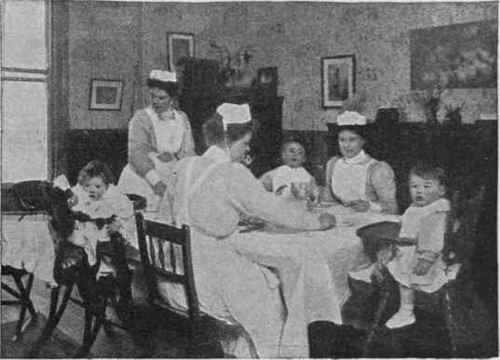
Emily Williamson drawing © Clare Abbatt 2019




Who was Emily Williamson?
‘Remembered for her remarkable powers of organisation, her quiet dignity and her lovable disposition’
She was born Emily Bateson, 17 April 1855 at Highfield, Lancaster. Age 27, she married solicitor Robert Wood Williamson (son of the curator of Manchester Natural History Museum). The couple had no children, but put their energies into creating a large Alpine garden at The Croft, their home in Didsbury – today, Fletcher Moss Park.
It was, and still is, a haven for birdlife.
Why did she found the (R)SPB?
Emily watched her favourite species, the Great Crested Grebe, being hunted to extinction for the plumage trade. Appalled, she begged the British Ornithologists’ Union to take a stand against ‘murderous millinery’. They ignored her letters.
In anger, she founded her own, all-women Society for the Protection of Birds.
The year was 1889, and the fashion for feathers was reaching a terrible crescendo.
Emily Williamson was 34.




What happened to this all-women society?
In 1891 it joined forces with another all-female campaigning group – the Fur, Fin and Feather Folk of Croydon – keeping the name the Society for the Protection of Birds. Croydon's Eliza Phillips and Etta Lemon (pictured) took on leadership; Emily Williamson became Vice President.
By 1893 it had 10,000 members; by 1898, 20,000 members and 152 branches. Female local secretaries were required to call out 'murderous millinery' on the high street, in the department store and in church. Furious milliners, society ladies and plumage merchants denounced them as 'feather faddists'.
In 1904 it gained the Royal Assent, becoming the RSPB. By then it had plenty of men on its Council, but the core campaigners were women. The Plumage Importation (Prohibition) Act was passed in 1921, banning the import of exotic bird skins. Emily, Eliza and Etta continued to build the RSPB into a conservation charity with wider concerns, founding the first reserves and installing vigilant 'watchers'. Prime mover Etta Lemon reluctantly handed the baton to a new generation of science-based ornithologists in 1939, aged 79.
What else did Emily do?
1891 - Founded the Gentlewomen’s Employment Association, Manchester, and The Princess Christian Training College for Nurses (see image), using real infants instead of dolls. A first.
1898 - Set up the Loan Training Fund, helping to subsidise further education costs for young women. The first of its kind in the UK.
1911 - The Williamsons left Manchester for Brook, Surrey, where she became active in the Women’s Institute and other local bodies. Her husband, meanwhile, turned to anthropology, departing on far-flung expeditions to New Guinea and the Solomon islands.



Was Emily Williamson pro suffrage?
We don’t know.
Many women in her circle were anti-suffrage, a common stance at the time. But Emily’s cousin Edith Bateson was a committed suffragette, imprisoned for her beliefs.
Emily died in 1936 at Campden Hill Gate, Kensington – RSPB Vice President to the end.
A surprising family legacy
Emily's great nephew was the eminent animal ethologist, the late
Professor Patrick Bateson, Fellow of the Royal Society.
He had no idea of the family connection, until author Tessa Boase got in touch, asking if there was perhaps a photograph.
Up to this point, there was no known image of Emily Williamson.
Sir Patrick's daughter is bird scientist Professor Melissa Bateson, who was astonished to discover that her great, great aunt Emily founded the UK's largest conservation charity.
Read more about Tessa's search for Emily Williamson here.


